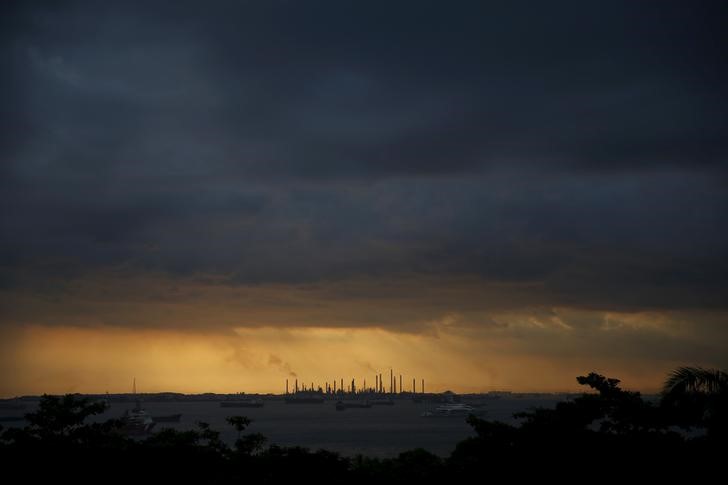Commodities
Kenyan government to end oil deal as shilling weakens


© Reuters.
NAIROBI – In response to the ineffectiveness of the agreement in stabilizing the Kenyan shilling, the Kenyan government has decided to end its government-to-government (G2G) oil deal with Saudi Arabia and UAE by December 2024. The International Monetary Fund (IMF) has reported that the deal failed to prevent the currency’s depreciation or to correct distortions in the foreign exchange (forex) markets.
The Treasury is now shifting its focus toward private sector solutions for energy procurement, moving away from the previous state-level agreement. This change in strategy comes after the Kenyan shilling experienced a significant depreciation, contrary to the expectations set when the deal was first implemented. The country has also seen a decline in import volumes, which can be attributed to reduced demand both within Kenya and in the regional markets.
The IMF has emphasized the risks associated with foreign exchange market segmentation and has recommended the integration of Public Private Partnership (PPP) projects into the budgetary processes of the country. This approach is expected to help mitigate the risks that have become evident with the G2G oil deal.
The Kenyan government’s plan to terminate the oil agreement reflects a broader reassessment of strategies to stabilize the national currency and ensure efficient energy procurement. The move towards engaging with the private sector is seen as a step to foster more resilient economic practices and to avoid the pitfalls that were encountered with the previous arrangement.
This decision supports a shift towards an energy sector guided by private enterprise, a move that is corroborated by recent IMF reports. To reduce pressure on forex markets, the government has pledged consistent dollar access for domestic fuel importers. This commitment aligns with President Ruto’s declaration of a hands-off governmental role in these privately led transactions. The withdrawal from this oil purchase arrangement is driven by concerns over its economic impact and heightened financial risks for private investors supporting it.
This article was generated with the support of AI and reviewed by an editor. For more information see our T&C.
Commodities
Oil prices rise; U.S. crude inventories plunge, Russia-Ukraine truce eyed
Commodities
India’s Reliance to stop buying Venezuelan oil over US tariffs, sources say
Commodities
Oil prices climb on Venezuela supply worries

 Forex3 years ago
Forex3 years agoForex Today: the dollar is gaining strength amid gloomy sentiment at the start of the Fed’s week

 Forex3 years ago
Forex3 years agoUnbiased review of Pocket Option broker

 Forex3 years ago
Forex3 years agoDollar to pound sterling exchange rate today: Pound plummeted to its lowest since 1985

 Forex3 years ago
Forex3 years agoHow is the Australian dollar doing today?

 Cryptocurrency3 years ago
Cryptocurrency3 years agoWhat happened in the crypto market – current events today

 World3 years ago
World3 years agoWhy are modern video games an art form?

 Commodities3 years ago
Commodities3 years agoCopper continues to fall in price on expectations of lower demand in China

 Economy3 years ago
Economy3 years agoCrude oil tankers double in price due to EU anti-Russian sanctions























